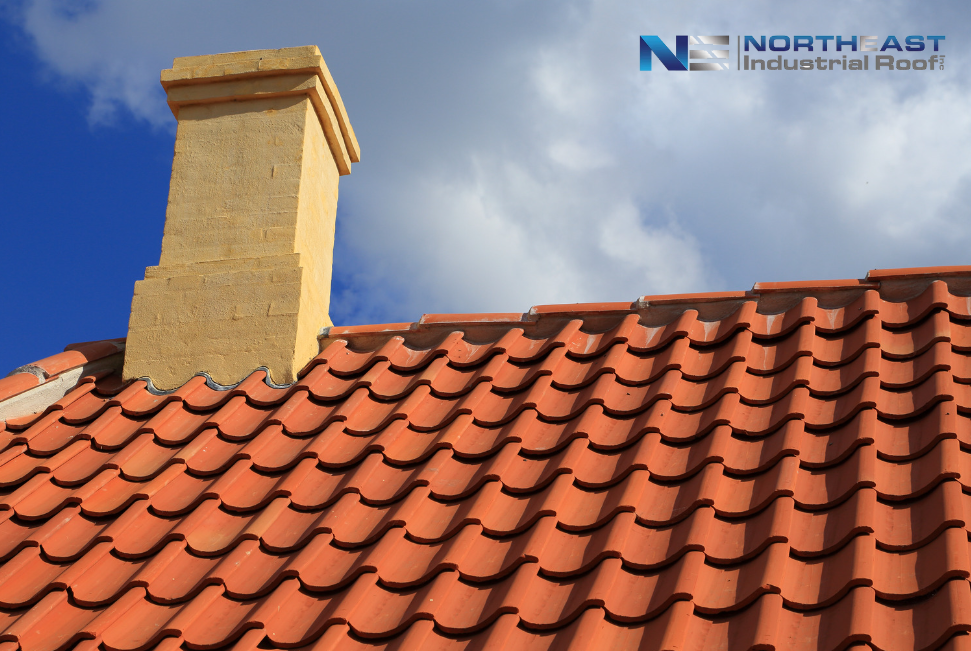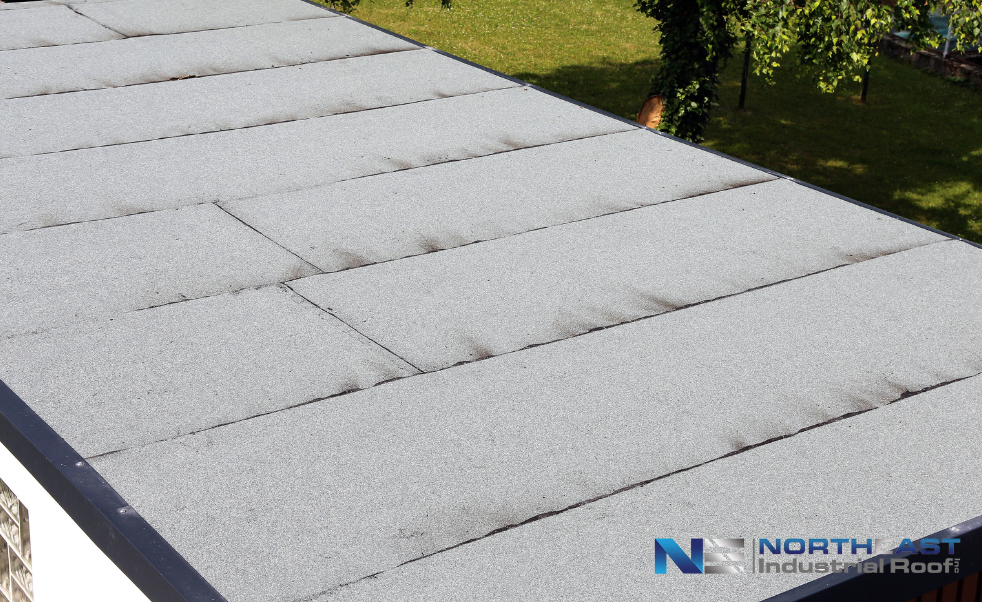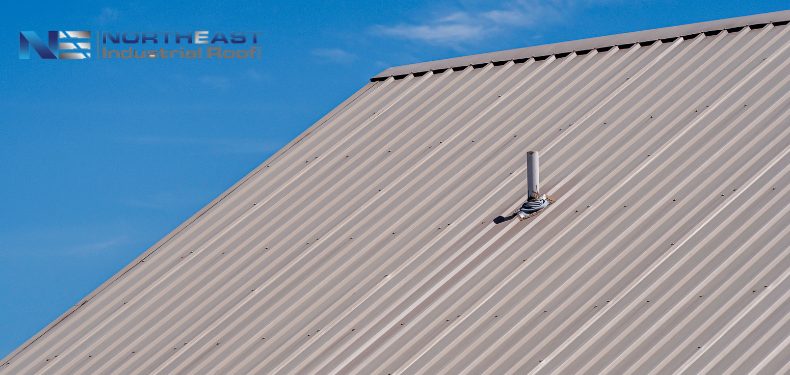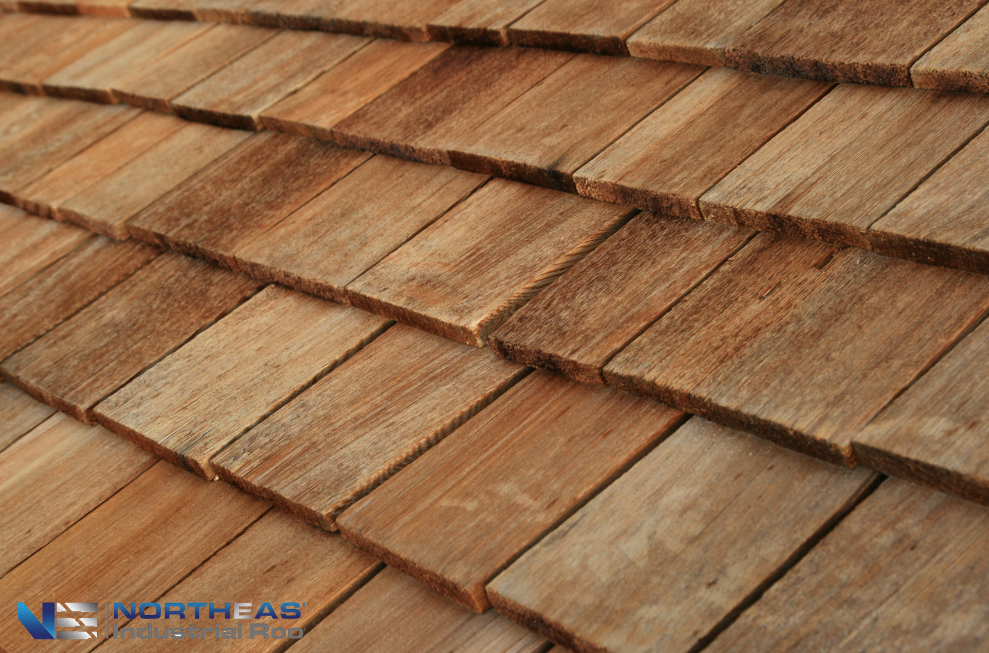Commercial Roof Checklist: Fall Maintenance
November 6th, 2020
Winter is fast approaching, so if you haven’t completed your commercial roof’s cold-weather preparation, it’s time to dust off the checklist and get started!
Most commercial roofs in the Boston area are flat or low-slope; the type of roof your commercial building has will determine some of the steps you need to take to ensure your roof is winter-ready.
Winter-ready Roof Checklist
- Inspect seams, flashings, penetrations
- Inspect fasteners, shingles and tiles
- Check for signs of moisture invasion
- Clear all debris
- Trim overhanging tree limbs
- Ensure drains are clear
- Address uneven areas
- Avoid walking on the roof
- Have snow or ice removed quickly and by a professional

Flat Roofs
Many large commercial buildings have flat roofs, which are useful for stashing HVAC systems and are typically easy to clean and maintain. However, flat roofs tend to be lacking in areas like drainage, which can become a bigger problem when the snow begins to accumulate and melt. Pooling water is one of the most detrimental elements to a flat roof, as it weighs heavily on the structure of the building and has the potential to weaken the waterproof layer of the roof and result in leakage.
To prevent damage from occurring during the winter months, be sure to schedule an inspection prior to the first heavy snowfall. The flashings and penetrations, including any HVAC units, skylights or chimneys, need to be examined to ensure they’ll remain watertight over the winter. Since drainage is typically at a premium on flat roofs, it’s also important to be sure to clear any debris, such as leaves and twigs, so that the existing drains remain unclogged and unimpeded.
Flat roofs must be level to avoid pooling water, which, once again, weakens the waterproofing membrane that protects the roof. If your roof has dips or areas that are not level, a roofing contractor should address the issue immediately.
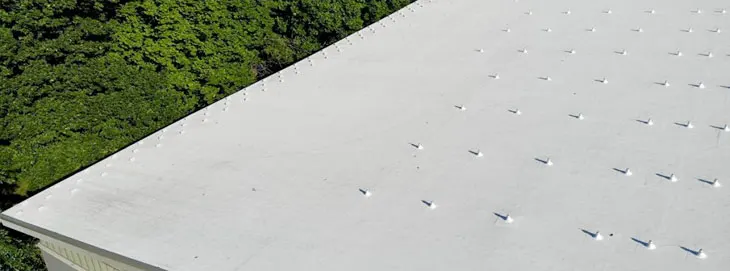
Sloped Roofs
Some commercial roofs are sloped, which makes it easier for water and snow to run off of the roof on its own. Sloped roofs, however, do have certain properties that need to be inspected regularly.
Most sloped roofs are either metal, tile or shingle. Each of these materials has its own set of vulnerabilities in cold or wet conditions, so it’s crucial to have a professional inspection performed prior to the first substantial snowfall of the winter.
For metal roofing panels, the roofer performing the inspection will check for loose fasteners, bent seams and corrosion on any part of the roof. Shingle and tiles should be inspected for missing, cracked or broken units. The roof deck will also need to be inspected for the presence of moisture, mold, rust and any other signs of possible damage.
For any commercial roof, taking the necessary steps to ensure it’s in top condition will make a substantial difference in how good the condition of your building is when it emerges from the winter months. Northeast Industrial Roof has been protecting commercial roofs in the Boston area since 2013. Call us today for more information on inspecting and winterizing your commercial roof.

